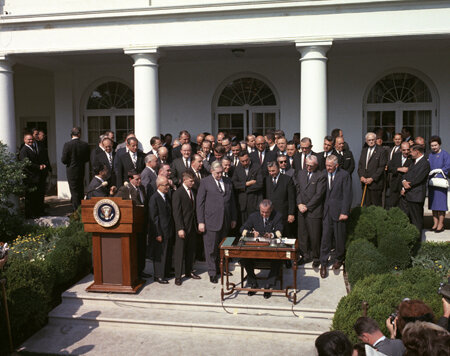Introduction to Community Action
Community Action refers to the nationwide network of locally-based anti-poverty organizations known as Community Action Agencies (CAAs) or Community Action Programs (CAPs) and their state and federal partners.
President Lyndon B. Johnson signing the Economic Opportunity Act on August 20, 1964.
Through the Community Services Block Grant, the federal government has entrusted CAAs with the unique responsibility of reducing the causes and conditions of poverty in communities throughout the United States. Established in 1964, the founding idea was simple: local communities are better suited to address poverty than a top-down, one-size-fits-all federal program, because, for example, the issues confronting Clay County, Georgia are different than the issues facing Chicago, Illinois.
Originally, a separate federal agency called the Office of Economic Opportunity administered the Community Action Program, along with other groundbreaking initiatives for the poor such as Head Start and many others. The Economic Opportunity Act was repealed and OEO (renamed the Community Services Administration) was dismantled in 1981. Today, Community Action is authorized by the Community Services Block Grant, and is administered through the Office of Community Services, within the Administration for Children and Families at the Department of Health and Human Services (HHS).
CAAs bring the community together in order to determine local priorities. Each agency is managed by a “tripartite” board of directors that must be composed, in generally equal parts, of local elected officials, the low-income community, and public and private community stakeholders. Every 3 years, each agency must complete a Comprehensive Community Needs Assessment identifying community needs and a plan to address them. Each agency’s programs are different and unique to the community served. A CAA in Oklahoma may discover a need to provide transportation so folks can get to job sites, and a CAA in California may identify a need to provide gang prevention programming such as connecting youth to after-school employment opportunities.
To address community needs, CAAs partner with numerous public and private sector groups and coordinate multiple federal, state and local programs. A mother of two young children may walk into a CAA looking for assistance in finding affordable housing, but because of the CAA’s casework-style approach, the woman will also be connected with a job training program and the childcare needed to pursue employment.
Today, over a thousand local agencies serve almost every community in the United States of America.

